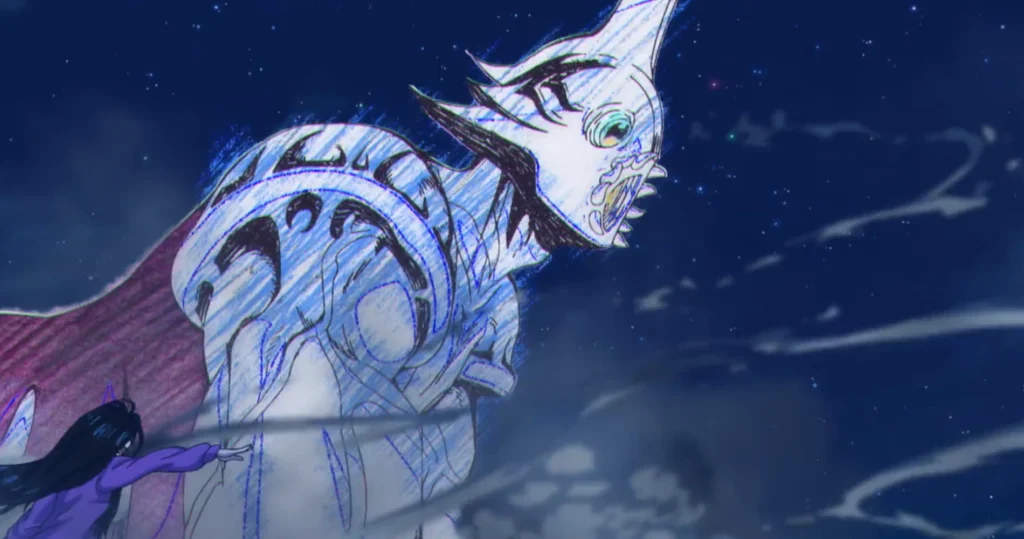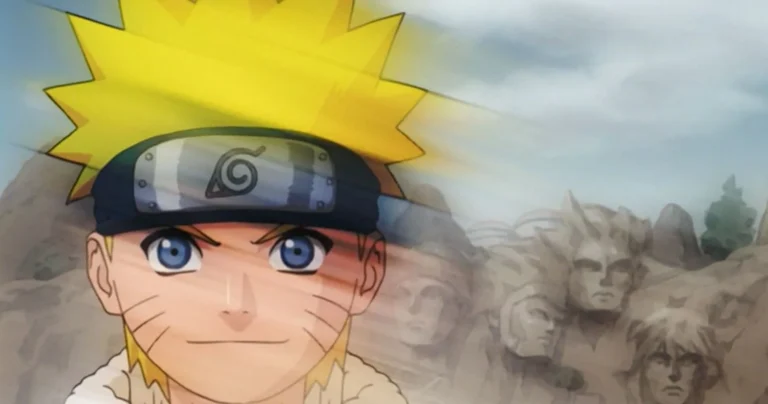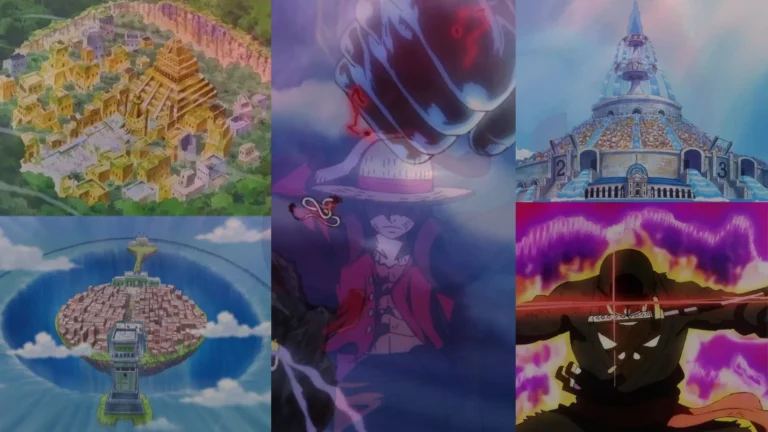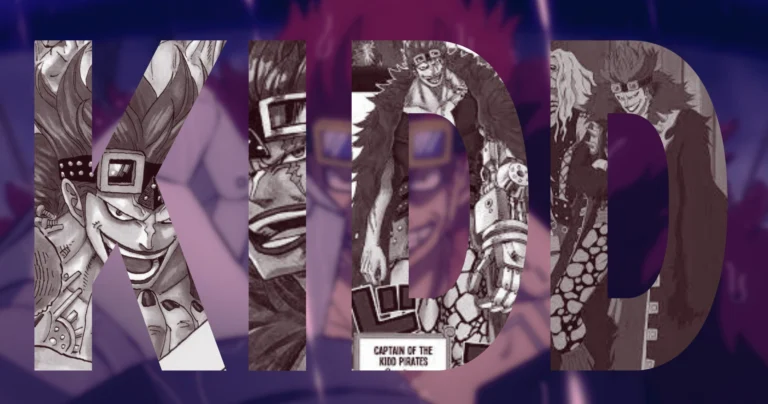
Summary
- Zenshu’s first episode follows familiar isekai tropes with slow pacing and predictable elements.
- Natsuko’s relatable personality stands out, but the world and characters feel unoriginal.
- The first episode fails to meet expectations, leaving hope for improvement in future episodes.
Studio MAPPA is famous for the quality anime they produce, such as Jujutsu Kaisen and Attack on Titan, so when Zenshu-an original anime on the stressful life of an animator-was announced, fans couldn’t wait to get their hands on it. It seemed exciting to mix animation with the fantasy of an isekai, a story in which a character is transported to another world, but after seeing the first episode, many feel that Zenshu did not do justice.

The story follows Natsuko Hirose, a young animator who rapidly gains fame after her first anime as a director becomes a huge hit. However, when she starts working on her second project—a film about first love—she struggles to understand the concept of love since she’s never experienced it herself. Unable to finish the storyboard, she becomes overwhelmed and passes out while working. She wakes up in the world of her favorite childhood anime movie, A Tale of Perishing. There, Natsuko’s skills as an animator give her the power to change the world around her.

Although the premise is unique and full of potential, the first episode of Zenshu feels rather familiar and predictable. The story follows many typical isekai tropes: an ordinary character is suddenly transported to another world, where they discover a special power. The pacing is also a bit off, making the first episode feel slow and unexciting. Natsuko’s journey to this new world and her newfound abilities are not enough to fully capture the audience’s attention.
Related
The real strength, however, of Zenshu lies in the main character-Natsuko. Unlike many anime female protagonists, Natsuko does not have anything to do with her appearance, but it’s her personality. She is diligent, determined, and relatable. The series focuses on how she faces a problem with her work, being creative, and the pressure from living up to expectations. The character is easy to relate to and down to earth. There is also an interesting choice to keep Natsuko’s face mostly hidden behind her hair for much of the episode. This adds to her character’s mystery and allows her personality to shine through.

Unfortunately, the world and all the other characters in Zenshu feel not quite exciting enough. The fantasy world Natsuko enters is loaded with clichés, such as Luke Braveheart, a perfect knight, and Unio, a sassy unicorn. It is not fresh at all, but the world has not given that much to be explored. In this way, the fantasy world setting feels too shallow and less interesting. Visually, the animation in Zenshu is good but not extraordinary. The first episode is mostly average, with one stunning sequence toward the end when Natsuko uses her powers to change the world. This brief moment is vibrant and colorful, showing what the anime is capable of, but it’s too short to leave a lasting impression.
In the end, Zenshu has great potential, but for its first episode, it doesn’t show much to impress. Natsuko, for one, shines bright among these characters. Though the storyline was not fully enhanced, nor has the pacing built up any compelling tension and climax, or done justice in shaping the world which it creates itself, hopefully, this series might finally become interesting a few episodes after this first poor one. For now, though, it remains a bit of a letdown, especially considering the high expectations from Studio MAPPA.


